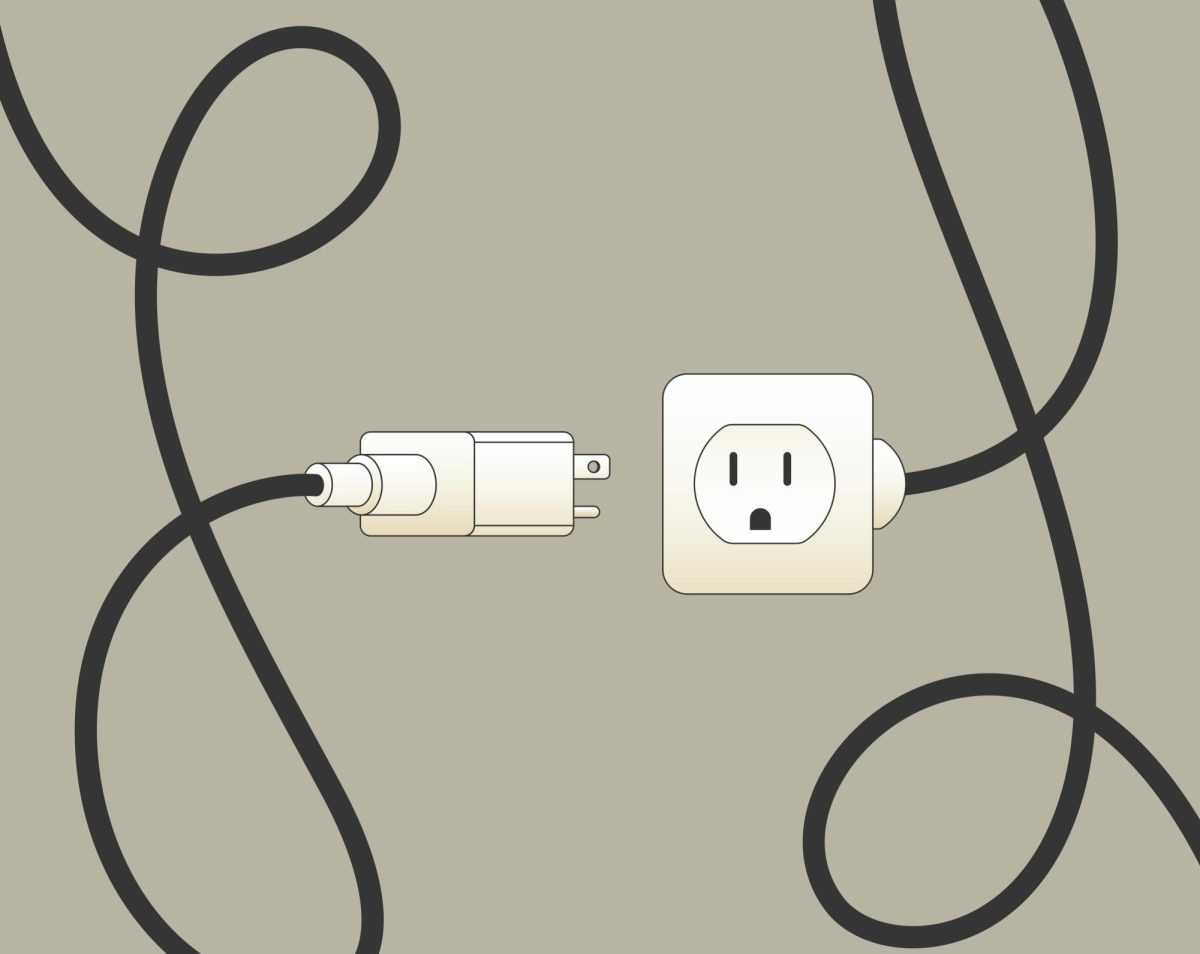The term “too big to fail” was coined back in 1984 by United States Congressman Stewart McKinney, however the term has gained a much more significant meaning since. Throughout the process of analyzing the financial crisis of 2008, several banks in the United States were determined to be “too big to fail,” meaning that their sheer size meant that their destruction would destabilize the entire economy.
The six banks in the United States that are considered by most to be too large are Bank of America, Citigroup, Goldman Sachs, JPMorgan Chase, Morgan Stanley, and Wells Fargo, the last of which has been under the microscope during the past few weeks. If you haven’t heard, more than 5,300 employees of Wells Fargo were fired over a five year span after creating nearly 2 million fake credit card accounts without consumer consent in order to meet sales targets and incentive packages. The bank was fined $185 million by the Consumer Finance Protection Bureau and several other agencies for the fraud.
In an interview following the announcement of the incident, the Wells Fargo CEO John Stumpf said that “we claim accountability” for everything that has taken place. When asked if he would be resigning because of the fraudulent behaviors of what has long been one of the nation’s most admired banks, his response was that it was best if he led the bank through this difficult time.
The Senate Banking Committee, the group that interviewed the CEO, is spilt across the political spectrum. However, it was great to see legislators from both sides coming together to protect the American consumer. When it comes to situations like this, we must ask ourselves: if Wells Fargo “didn’t know” that any of this was going on for an extended period of time, is it because management encouraged a culture that was poised to produce such a catastrophe, or was it that management couldn’t possibly monitor such situations because the institution itself is too large? I think it could be both.
The Senate Banking Committee raised great concerns. Wells Fargo has given us enough evidence that the largest of banks cannot handle themselves. It’s great that John Stumpf has called for sales targets to be removed from the consumer sector, but that doesn’t fix the irresponsible damage that has been inflicted upon customers. It’s fine and dandy that customers are being reimbursed for the
money they lost, but this isn’t an issue that will be swept under the rug. There isn’t a rug large enough to hide an issue of this magnitude.
The point has been brought up that a situation like this would not have taken place in a community bank. While I don’t believe that we can ever completely escape occurrences of fraud (merely because every institution employs humans), a smaller bank would not have so many layers of management to clog and complicate the communications and transparency from top to bottom.
Overall, the term “too big to fail” does not accurately describes the environment we find ourselves in at the moment. A better term would be “too big to manage”. Sure, having banks so large that their very failure could leave another dent in the economy is a concern. But not being able to keep a pulse on what is happening in the farthest corners of the organization is an even greater concern. Having the ability to provide a wide spectrum of products and services under one roof is ideal and convenient, but Senator Elizabeth Warren found an abundance of evidence proving that the cross selling of products was even more prevalent than executives would like to admit. It was found to have been part of their corporate strategy.The Wells Fargo leadership team forgets that their annual reports are always available for the public to dig up. And since the scandal has surfaced, multiple lower level employees have reported that they reported these behaviors to Human Resources, but the department failed to address them.
What can we take away from this? There are several different points to consider. First, financial firms that seem too large to manage probably are. If the number of layers of management exceeds the number of floors in their headquarters, it’s probably too large to govern effectively and still allow for transparency across the firm. Secondly, the testimony that John Stumpf provided demonstrates that Fortune 500 CEOs can be just as good at circumventing tough questions as politicians. The bank’s top executive was hesitant to answer questions directly on just how accountable he held senior management, and frequently tried to cover up other questions by deferring them to the board to decide.
Third, we should ask: how much do Fortune 500 executives really care about their people? You can find just as many examples of C-suite employees advocating for, “team effort” as you can those that choose to duck when responsibility must be claimed. Wells Fargo is a great example of how senior management held the bottom tier accountable for what happened, but the responsibility seemed to fade somewhere in the middle.
This brings us to a critical crossroad. The outcome of the Wells Fargo debacle will set precedent for years to come, not only in banking but in how the highest executives are held accountable for what is happening at the very bottom of the totem pole. The essential question to take away is: are there more firms outside of banking that are experiencing devastating accounts of wrongdoing because they’re too large to manage?








